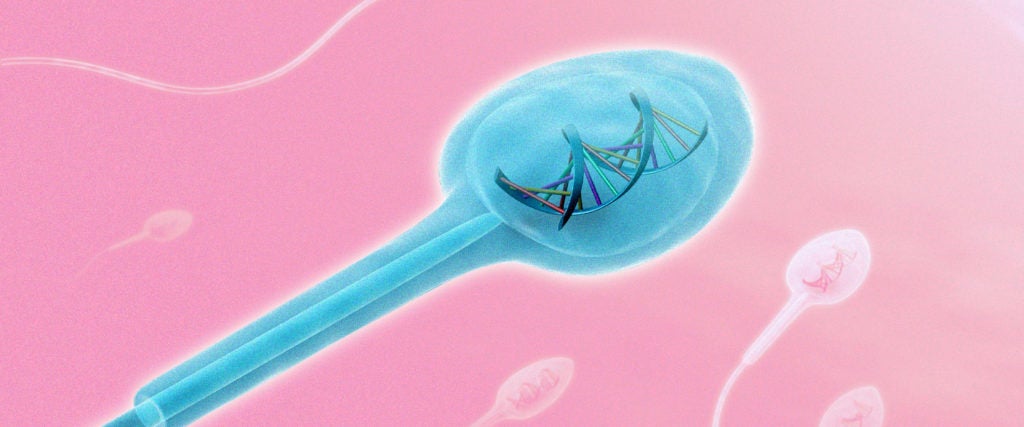While much of what we’ve learned about sperm over the last year would seem to suggest that the sperm cell plays an almost arbitrary role in the impregnation process, that is, obviously, not entirely true. The sperm may not swim to the egg in a speed race, as we once thought, but the finer details of sperm health and genetic makeup are still of vital importance.
Though much of the recent research regarding sperm has asserted what sperm can’t do, a different pool of research focuses on what it can: As a study from Washington State University suggests, sperm can now be analyzed for its propensity to produce children with autism, a development that could have massive implications for understanding autism and its prevalence.
In research published in Clinical Epigenetics, scientists identified common biomarkers in the sperm of men with autistic children. These biomarkers are a set of genomic features called DNA methylation regions, of which there are 805 that can potentially suggest the possibility of producing children with autism. When the researchers studied blind samples of sperm from a pool of fathers, they could accurately identify whether those fathers had children with autism with 90 percent accuracy.
Notably, though, the pool of men studied was small. The initial study involved 13 men with autistic children, and 13 men without autistic children. The blind study incorporated 18 men total. For that reason, it’s unclear how accurately this method could be used with a broader portion of the population.
- Read Next: Does the COVID-19 Vaccine Affect Your Sperm?
Rates of autism have increased significantly over the last several decades, from around 1 in 5,000 in 1975 to 1 in 68 in 2014. While much of this increase is likely the result of increased awareness and diagnostic methods, some researchers believe that environmental and molecular changes may be at play, too. By identifying these biomarkers in sperm, scientists could now be closer to assessing what those environmental and molecular changes may be.
For now, researchers are working on testing a pool of 100 men for their biomarkers and seeing if the connection continues. Clearly, there’s still much more that needs to be understood: For example, we don’t yet know whether the biomarkers in question are guaranteed to produce a child with autism, or whether the correlation seemed more prevalent because of the small sample size. In the future, however, we may have a better understanding of how and why autism occurs — potentially opening up an ethical can of worms with it.

